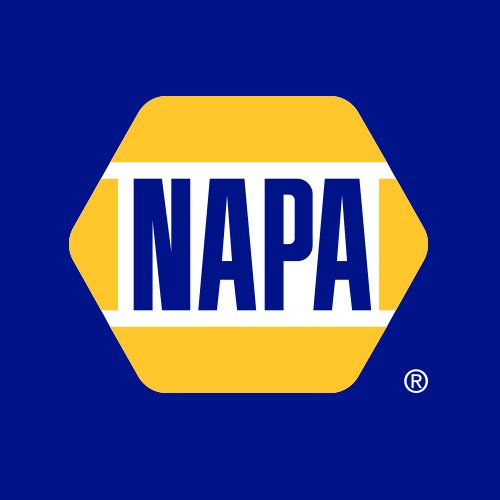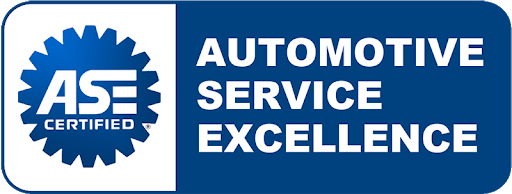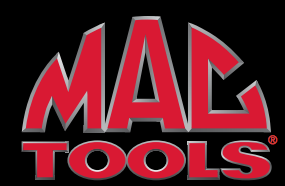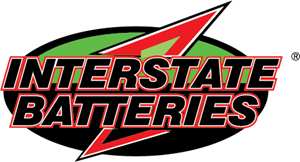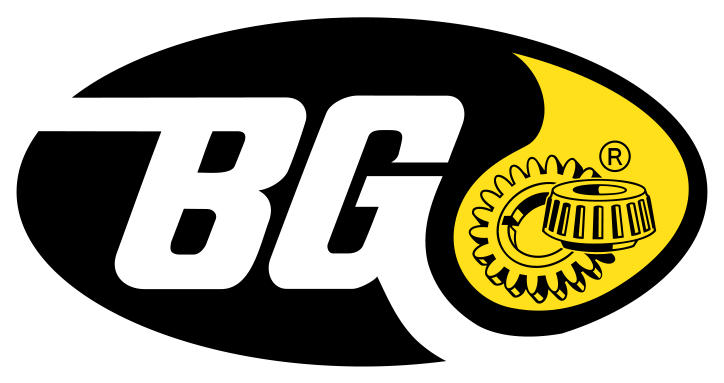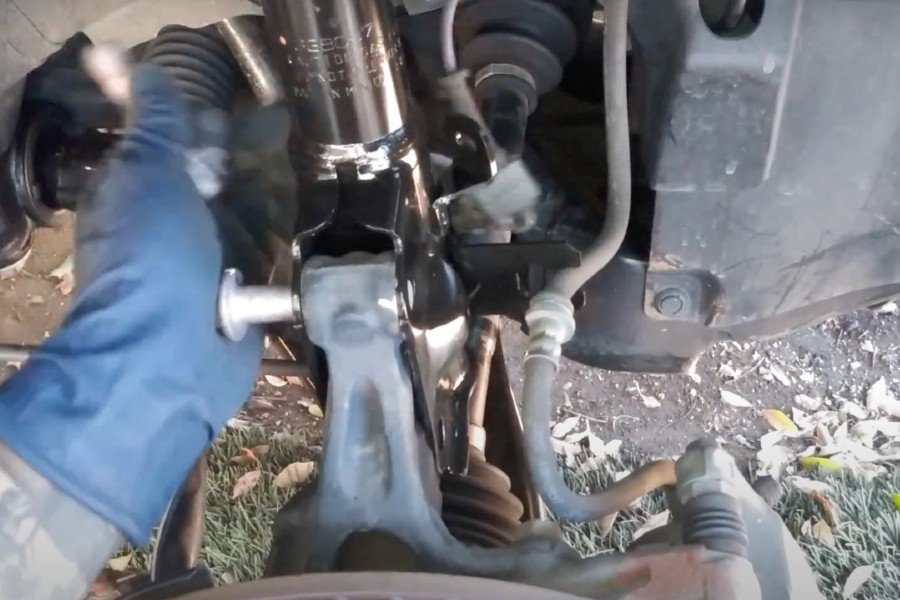
Suspension System Repairs
Suspension system repairs require detailed knowledge of all the various components that make your car handle and resist transmitting a rough ride. Long Beach Mobile Mechanic techs know all about the various components, how they interact, and how to repair them. All modern automobile suspension systems consist of shocks, struts, ball joints, steering linkage, springs and C.V. joints.

What are shocks?
Also described as shock absorbers, they are a crucial part of the suspension system. They manage the impact and rebound motion of your ca's springs and suspension, and they make sure that the automobile's tires remain in contact with the roadway surface at all times.ultimately, they take in energy. Without shocks, the vehicle or truck's wheels will bounce off of the roadway surface and vibrate erratically down rough roadways.
The critical parts of the shock absorber are a piston, a coil, and hydraulic fluid. When the cars and truck wheel dips down, for example, into a pothole or crevice, the shock initiates a compression cycle, and a piston applies pressure on hydraulic fluid in the upper chamber of the gadget. The fluid decreases the coil as it unwinds back into place, which helps avoid an exceedingly rough feel to the trip.
What are struts?
Struts are the structural part of the suspension system, and they are utilized on the front end of almost every front-wheel-drive automobile. A strut integrates various suspension parts into one compact assembly. The latter consist of:
The Coil Spring
The Spring Seats
The Shock Absorbers
The Strut Bearing
The Steering Knuckle
The shock absorber part of the strut is the most commonly serviced part of the strut assembly.
The coil spring can support the vehicle's weight and get used to road abnormalities like valleys, hills, and bumps. Specifically, the struts connect the upper bearing to the lower ball joint so that the entire assembly can pivot when the vehicle is turned in any direction. Struts serve numerous purpose: the internal shock absorber will moisten the movement of the spring as it compresses and rebounds itself while the car is traveling, and with its spring, it will support the weight of the automobile while it is moving so that it can adjust to roadway abnormalities In sum, while the shocks absorb effect, the struts also work to support and manage the vehicle in movement.
When to replace them?
Visual signs such as:
Visible fluid leak
Shocks and/or struts look dented or harmed.
Tires show unusual wear patterns.
Car handling:
If you experience a bumpy or unsteady trip, have bad steering action, stiffness, or noise when steering or instability when braking.
Mileage:
At 50k miles, they might be worn to the point of requiring changing (depending upon automobile and driving conditions).
Besides, used shocks and/or struts can accelerate the wear of your tires and suspension parts, the ball joints, steering linkage, springs C.V. joints.
Don't cut corners when it concerns your shocks/struts. Appropriate performance of these parts is important to your car's handling and cornering, producing much safer driving conditions.
